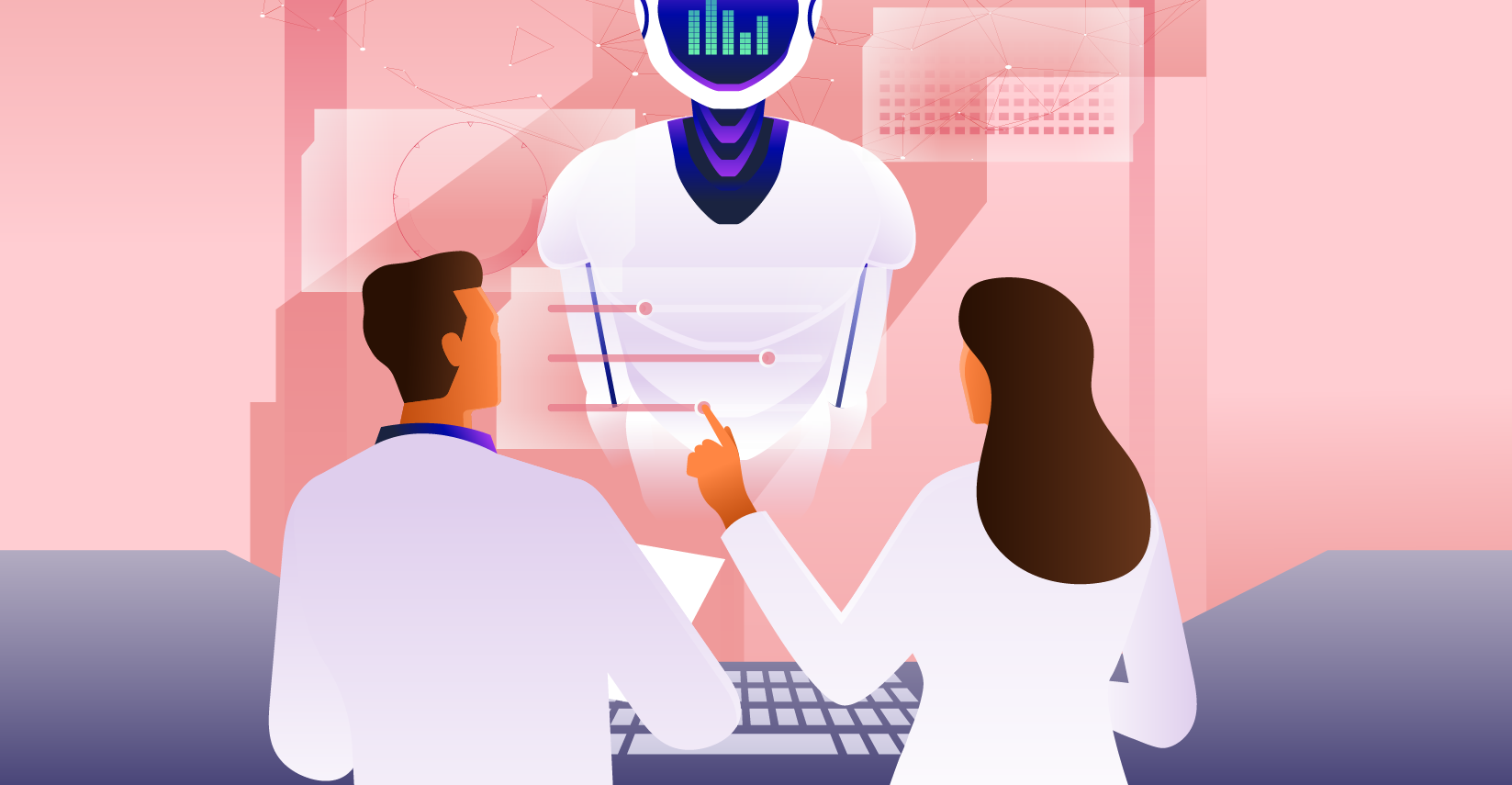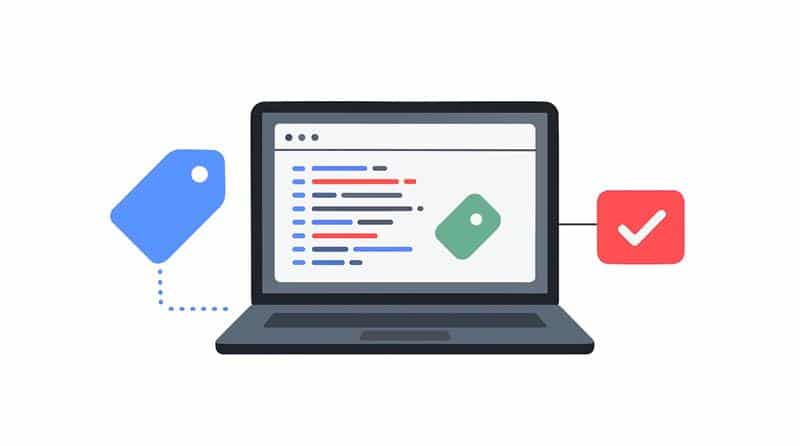Quality Assurance is one of the most important components of software development that makes sure the application must stand on the quality norms for functionality, reliability, and user experience.
But traditional approaches usually depend on manual testing a lot and its struggle in aligning with the increased complexity of software systems and demand cycles smoothly.
Manual Testing takes a lot of time and resources. It also causes a lot of trouble for QA teams.
Here comes machine learning and the solution is to improve proactive quality assurance.
With the power of predictive modeling, automated test generation, anomaly detection, and continuous monitoring, ML-based QA processes can identify and address issues early in the development lifecycle.
This will ultimately lead to improved software quality and accelerated product release.
Let’s get into the depth of machine learning and know how it improves the proactive QA testing, but first we have to know the challenges that QA teams have to face due to traditional testing.
Challenges of Traditional QA Testing
Usually traditional testing depends a lot on the manual testing that ends up being in trouble and late product releases.
Complex Software Systems
Complex software programs frequently contain an extensive variety of functionalities and potential user interactions, making it difficult for testers to foresee all scenarios during manual testing.
This intricacy can lead to use cases being neglected, perhaps resulting in production defects.
Limitations for Manual Testing
Manual testing is a conventional approach of software testing that has both advantages and problems.
It is time-consuming since test cases must be conducted manually, which can take a long time owing to sophisticated software development delays.
Human errors can occur during manual testing, making it hard to detect defects and lowering program quality.
Manual testing can be costly, particularly for big tasks or regular releases, because it necessitates major resources such as personnel, time, and equipment.
Furthermore, quantifying the manual testing process is difficult due to a lack of objective measures for evaluating software quality and efficiency.
It is also difficult to keep track of the number of test cases completed, mistakes identified, and test coverage achieved.
Demand for Faster Release Cycles
Clients demand for the faster release with complex demands and features. This leads to major human mistakes and then ends up compromising the value of the product.
Difficulty in Identifying and Addressing Issues Early
It is crucial to find the bugs and issues early in the developmental phase. As if the product’s developmental stages are getting higher and higher it becomes expensive to catch the bugs and costs a lot.
What is Machine Learning?
Machine learning is an intriguing subfield of artificial intelligence that is all around us. Machine learning harnesses the power of data in novel ways, such as Facebook suggesting stories on your feed.
This incredible technology enables computer systems to learn and grow from experience by creating software applications that are able to access data and complete tasks using predictions and detections.
Machine Learning for Proactive Quality Assurance
When designed with a specific aim in mind and correctly taught by artificial intelligence professionals, machine learning can help with software testing in a variety of ways.
It can help you build tests, analyze them, and generate reports. It can do so without sacrificing the human aspect of software testing.
After all, users must be able to develop test cases, train algorithms, and monitor testing stability in order to test the appropriate software components and produce correct Pass/Fail API test outcomes.
Test Automation
QA and testing teams must write test cases. These are basically mini-programs which evaluate the application for various features. For example, consider the functionality of individual UI elements such as icons.
If the code is changed, updated, or improved, the test case must be redone to ensure that it is still testing the software in its present condition.
This method can be time and resource costly, since the QA and testing teams must carefully recreate each test case following each code update.
Machine learning algorithms are able to be programmed to automatically detect changes in the software’s code, saving time and reducing the need for manual testing.
As more tests are performed, machine learning software systems create models of how the program should function, collecting massive quantities of data that it can refer to later.
This implies it can automatically react to minor or big changes in the code, saving time on manual testing and case rewriting.
Automation Analysis
Test cases generate Pass or Negative results, which are examined by the QA and testing teams to ensure accuracy. False Pass or False Negative might occur as a result of unprogrammed test scripts or misreading of new features.
To overcome this, machine learning can be integrated into the test analysis management, utilizing computer vision and picture recognition technology.
With adequate training, the system can effectively detect new and existing software parts, lowering the likelihood of false positives or negatives.
Automation Maintenance
Test management is the practice of monitoring and updating test scripts (or cases) to ensure they are testing the most recent version of the software.
Selectors are one of the reasons test maintenance occurs. Selectors are used to instruct the software testing application which UI elements to communicate with.
The issue is that as software code changes, the selectors inside that program change as well, requiring each test script to be redone.
Otherwise, it will generate test failures or analyze incorrect UI elements.
Machine learning allows automated tests to identify when an element changes or moves then select the appropriate elements for the next test.
Advantages of Machine Learning in QA Testing
Testing Time
AI-based techniques can aid with non-functional tests like performance, security, and unit integration.
AI-based techniques can be used on app logs, such as production system monitoring logs, to assist in regeneration and issue prediction. AI/ML-based techniques could help minimize expenses, errors, and total test time.
Assist In API Testing
API testing enables developers to analyze the quality of interactions between different programs that communicate with servers, databases, and other interfaces.
After connecting to the systems, testing ensures that the requests are completed, the system is reliable, and the end user receives the desired result.
By automating API testing, users can generate a large number of API QA cases and evaluate the performance of multiple third-party solutions.
Test Case Writing
When code in a software program is modified, the testing team often runs all tests to examine how the change affects the program as a whole, even if this is unnecessary.
Test automation with machine learning can estimate exactly how many tests are required when an element of code is modified.
To accomplish this, trained machine learning models are utilized to learn from existing production data sets and identify whether testing is required after a code change. You can save time by avoiding unnecessary tests.
ML-based methods can forecast whether the test app requires more tests. It allows you to avoid running ineffective test cases and conserve time and money.
Conclusion
QA testing if done manually can be very time taking and hectic for teams to handle. To get over this hurdle it is necessary to integrate machine learning in that. It will be helpful to QA for managing tasks easily.















































